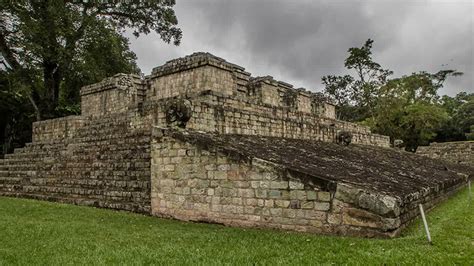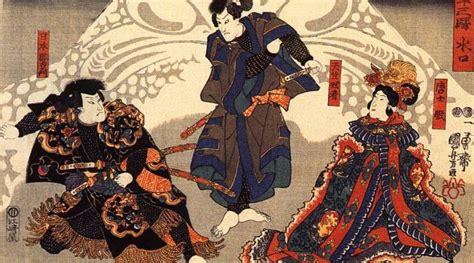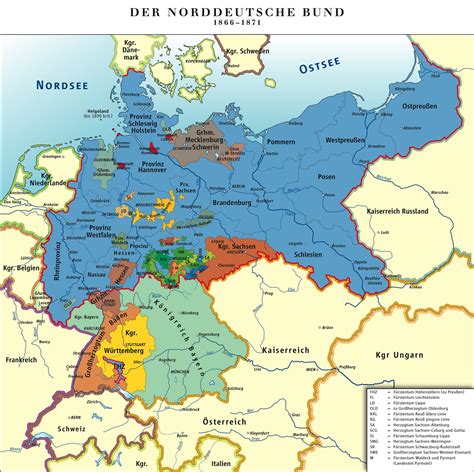Explore the rich history of The Gambia from early inhabitants to modern independence, including the impact of colonial rule and the transatlantic slave trade.
Early inhabitants of The Gambia
Contents
The early inhabitants of The Gambia were the various ethnic groups who first settled in the region. These groups included the Mandinka, Fula, Wolof, Jola, and others. They lived in small villages and were primarily involved in farming, fishing, and trade. The Gambia River played a crucial role in the lives of these early inhabitants, providing them with a source of water, transportation, and fertile land for agriculture.
As the population grew, these early inhabitants established social structures, governance systems, and cultural traditions that shaped the identity of The Gambia. Each ethnic group had its own customs, languages, and beliefs, contributing to the diversity of the region. Despite occasional conflicts, these groups coexisted and interacted, sharing knowledge and resources to improve their livelihoods.
The early inhabitants of The Gambia also had contact with other African societies, engaging in trade and forming alliances. This interaction led to the exchange of goods, ideas, and technologies, enriching the cultural heritage of the region. The Gambia became a melting pot of traditions and practices, reflecting the interconnectedness of African communities.
Over time, the arrival of European explorers and the transatlantic slave trade would dramatically impact the lives of the early inhabitants of The Gambia, ushering in a new era of history for the region.
Arrival of European explorers
In the late 15th century, European explorers started to make their way to The Gambia in search of new trade routes and resources. The Portuguese were the first to arrive in the region, followed by the Dutch, British, and French. These explorers were drawn to The Gambia by the promise of valuable commodities such as gold, ivory, and later, slaves. They established trading posts along the coast and forged alliances with local rulers in order to secure access to these coveted resources.
As European influence in the region grew, so too did the impact on the local societies and cultures. The introduction of new technologies, goods, and ideas from Europe began to reshape the economy and social structures of The Gambia. This period of exploration and colonization marked the beginning of a new chapter in the history of the region, one that would have lasting effects on its people and way of life.
The arrival of European explorers also had significant consequences for the indigenous populations of The Gambia. The influx of foreign traders and settlers led to conflicts and power struggles as European powers vied for control of the lucrative trade routes and resources of the region. The spread of European diseases further devastated the local populations, causing widespread suffering and death.
Despite the hardships faced by the indigenous people of The Gambia, the arrival of European explorers also brought new opportunities and connections to the wider world. The exchange of goods, ideas, and cultures between Europe and Africa enriched the societies of both regions and laid the foundation for the diverse and dynamic history of The Gambia.
Transatlantic slave trade impact
The impact of the Transatlantic slave trade on The Gambia was profound and far-reaching. The trade in enslaved people had devastating effects on the social, economic, and political structures of the region. It led to the displacement and disruption of entire communities, as well as the loss of millions of lives. The brutality and inhumanity of the slave trade left a lasting legacy of trauma and suffering for both the enslaved people themselves and their descendants.
The slave trade also had a lasting impact on the culture and identity of The Gambia. The forced migration of enslaved people from different ethnic groups and regions of Africa resulted in the blending of diverse cultural traditions and practices. This fusion of cultures gave rise to new forms of music, art, religion, and language that continue to shape the cultural landscape of the country today.
In addition to the human toll, the slave trade also had significant economic consequences for The Gambia. The extraction of human labor for the production of cash crops such as rice, indigo, and cotton contributed to the wealth of European colonial powers while impoverishing the local population. The disruption of traditional agricultural practices and the exploitation of natural resources further entrenched the poverty and underdevelopment of the region.
The legacy of the Transatlantic slave trade continues to reverberate in The Gambia today. Its impacts are visible in the persistent inequalities and social injustices that plague the country. However, efforts to preserve the memory of the enslaved and to address the lasting effects of the slave trade are ongoing, as The Gambia seeks to come to terms with its past and build a more equitable future.
Colonial rule and resistance
Colonial rule and resistance in The Gambia is a significant period in the country’s history. During the late 19th century, The Gambia became a British colony, and the colonial administration imposed its authority over the local population. The British established a system of indirect rule, which allowed local chiefs to administer their own territories under British supervision. However, this system also led to exploitation and oppression of the Gambian people by the colonial authorities.
As a result of the colonial rule, the people of The Gambia faced various challenges such as forced labor, land dispossession, and the imposition of taxes. These oppressive policies led to widespread discontent among the local population, sparking resistance movements against the British colonial administration.
The most notable resistance movement during this period was the 1915 riots, also known as the Bathurst Riots, which were sparked by the arrest of a religious leader by the colonial authorities. The riots spread throughout the colony, as the Gambian people protested against the oppressive policies of the British administration. This uprising was a clear indication of the growing resistance to colonial rule in The Gambia.
Another significant event during the colonial period was the emergence of nationalist movements, which aimed to challenge the authority of the British colonial government and demand independence for The Gambia. Prominent leaders such as Sir Dawda Jawara played a key role in mobilizing the Gambian people towards the goal of self-rule, paving the way for the country’s eventual independence in 1965.
In conclusion, the period of colonial rule and resistance in The Gambia was marked by the exploitation and oppression of the local population by the British colonial administration. However, it also witnessed the emergence of resistance movements and nationalist leaders who played a crucial role in paving the way for the country’s independence and modern history.
Independence and modern history
After years of colonial rule, The Gambia finally gained its independence on February 18, 1965. The newly independent state faced many challenges as it sought to establish itself as a sovereign nation. The transition to self-governance was a pivotal moment in the country’s history, marking the end of British colonial rule and the beginning of a new era for The Gambia.
Following independence, The Gambia experienced significant political and social changes. The country adopted a republican constitution in 1970, abolishing the monarchy and establishing a presidential system of government. This move towards a more democratic form of governance was a key development in The Gambia’s modern history, setting the stage for the nation’s ongoing political evolution.
However, The Gambia faced numerous internal and external challenges in the years following independence. Political instability, economic hardships, and social issues all contributed to a complex and dynamic period in the country’s history. The impact of these challenges continues to shape The Gambia’s development and progress as it strives to build a stable and prosperous future for its citizens.
In recent years, The Gambia has made strides towards strengthening its democracy and promoting human rights. The country’s modern history is characterized by efforts to address past injustices, promote reconciliation, and foster national unity. The Gambia’s journey towards modernity reflects its enduring resilience and determination to overcome historical obstacles and build a brighter future for its people.













